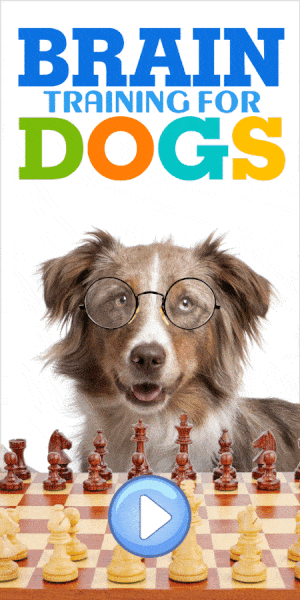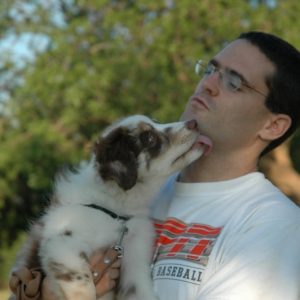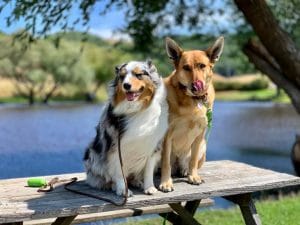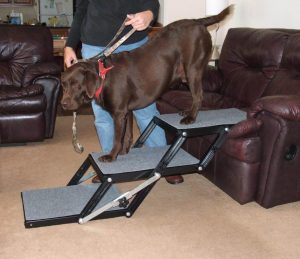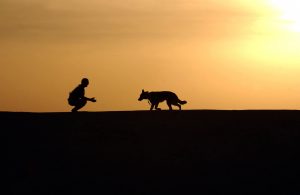
Especially at the beginning of the training we need to be very careful and set the dog up for success. We want the dog to be successful and happy about training and to have him/her see the training as a positive experience.

Most chances are, that if your dog looks at you, hears the cue and fails to perform on it, you tried to advance too fast in your dog’s training and you need to relax your requirements and go back to basics.

